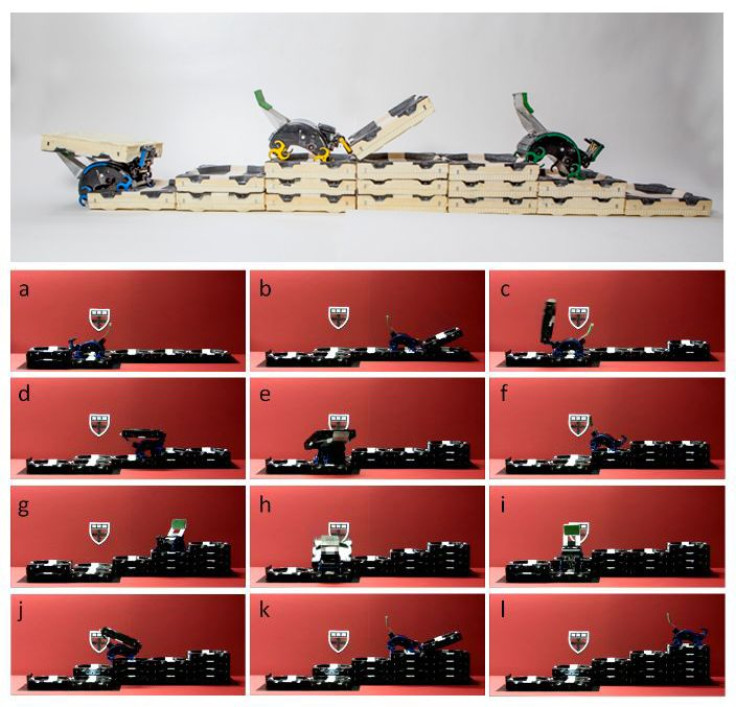Termites Inspire Scientists To Create Crew Of Tiny Robots That Could Build Houses In Future

Inspired by the way tiny termites build a mound of soil, a team of computer scientists and engineers from Harvard University has developed a crew of small robots that can build complex structures without any supervision or communication with each other.
The crew of robots, part of Harvard’s TERMES project, imitates termites’ resilience and collective intelligence to build three-dimensional structures without any central command or prescribed roles. The results of the four-year-long project were published in the Feb. 14 issue of Science.
“The key inspiration we took from termites is the idea that you can do something really complicated as a group, without a supervisor, and secondly that you can do it without everybody discussing explicitly what’s going on, but just by modifying the environment,” Radhika Nagpal of Harvard School of Engineering and Applied Sciences, or SEAS, and the project's principal investigator, said in a statement.
Unlike humans, who need a blueprint and a detailed plan to build a structure, termites rely on a unique concept called stigmergy -- a kind of implicit communication through which the insects observe each others’ changes to the environment and act accordingly.
According to the scientists, the termite-inspired robotic crew can build towers, castles and pyramids out of foam bricks. They can also autonomously build themselves staircases to reach higher levels and add bricks wherever they are needed.
In the future, similar robots could be used to lay sandbags in advance of a flood, or to perform simple construction tasks on Mars, the scientists said.
Nagpal and her team designed the robots in such a way that they follow stigmergy to perform tasks. Like termites, each robot executes its task in the building process in parallel with others, without knowing who else is working at the same time, which allows large groups of robots to act as a colony, the scientists said.
“We co-designed robots and bricks in an effort to make the system as minimalist and reliable as possible,” Kirstin Petersen, a graduate student at Harvard SEAS and the coauthor of the study, said in the statement. “Not only does this help to make the system more robust; it also greatly simplifies the amount of computing required of the onboard processor.”
Check out the video here, showing robot termites carrying blocks, climbing a structure and attaching blocks:
© Copyright IBTimes 2024. All rights reserved.












